There’s lots we can do this Year of Coasts and Waters to appreciate and safeguard Scotland’s Living Seas. The St Andrews Bay of the North Sea and the nearby Firth of Forth and River Tay are ideal places to spot Scotland’s iconic sea species including seals, cetaceans – such as bottlenose dolphins, harbour porpoises, or minke whales – or even the occasional basking shark. So whether you hope to catch a glimpse from the town’s beaches or by venturing further afield along the Fife Coastal Path, there are plentiful local wildlife watching opportunities. And best of all, it costs nothing: all you need is a warm jacket.

© The University of St Andrews
But as well as providing a relaxing diversion, responsible and respectful marine wildlife watching can play a role in protecting Scotland’s unique marine environment. By recording and reporting your sightings, you can contribute to the collection of vital biodiversity data for use in research and wildlife conservation.
With their recently launched “Citizen Fins” project, the marine mammalogists at the University of St Andrews’ Sea Mammal Research Unit (SMRU) provide an excellent example of how information gathered by citizen science can be used to protect our Living Seas. The project invites members of the public to share their photos of East Coast bottlenose dolphins, especially those spotted in the Firth of Forth and further south. Researchers are interested in monitoring population movement so are looking for images which show identifying dorsal fin marks in detail and therefore allows specific animals to be identified and their movements tracked. The project will aid evaluation of potential impacts of offshore developments on dolphins by analysing changes to these animals’ movements through Scotland’s East Coast into the waters of North East England.
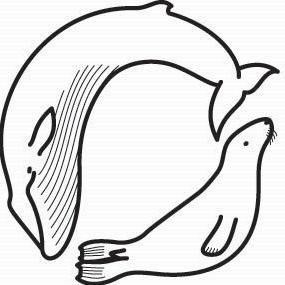
If you don’t have access to a camera or your local dolphins are proving camera shy, you can still contribute notes of other wildlife sightings at any time to biological recording centres such as the Fife Nature Records Centre. And if you manage to take some photos which lack the detail required for IDing marine animals, you can share your images with interest groups like the Forth Marine Mammal Project.
And if you a St Andrew University staff member or student, you can also now visit our Bell Pettigrew Museum and see some seaside specimens. These are all things you may even see as you visit the coast and beaches around St Andrews. We have even put together a tour for you to find some of these next time you visit!
Let us know how you get on and share any photos with us from your seaside treasure hunt.
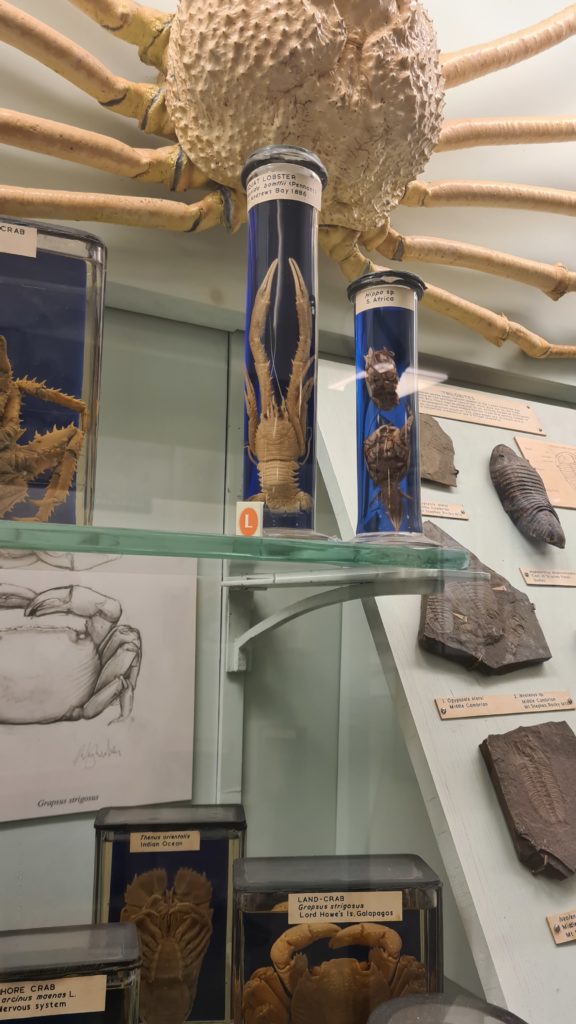
You may have recently seen the lobster in the quad, but we have other lobsters for you to see in the Bell Pettigrew Museum!
This is a Squat Lobster, found in St Andrews Bay. They can commonly be found in the western Mediterranean Sea, in the north eastern Atlantic Ocean, and also in the North Sea at depths of up to 150 metres, typically in cracks or under boulders.
Clue to find: Guarded above by a crafty crustacean. Several breatharian stay close.
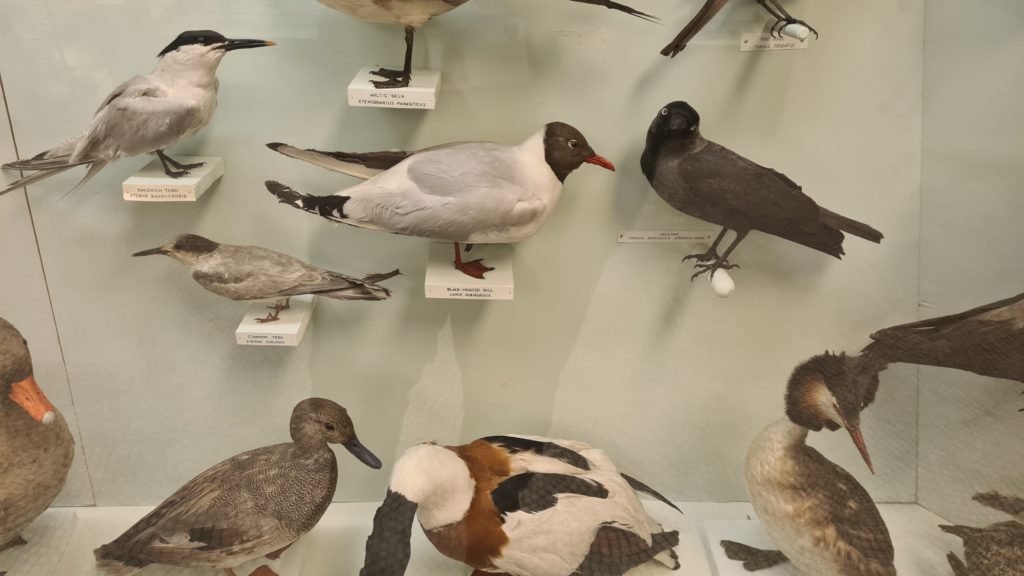
You likely know all about the seagulls around St Andrews, but have you noticed there are different types?? These are black headed gulls, and part of their Latin name –ridibundus, means laughing, and they have a distinctive almost laugh like call. Not what you wish to hear when enjoying your ice cream!
Clue to find: Watch your sandwich with these British natives! A tall guardian has a leg nearby.
The sea can offer many interesting treasures, and this Halichondria panicea, is most commonly known as the breadcrumb sponge. It is a suspension feeder, feeding mainly on phytoplankton. It can come in a range of colours too; this grey or cream shade is normally found in deeper waters.
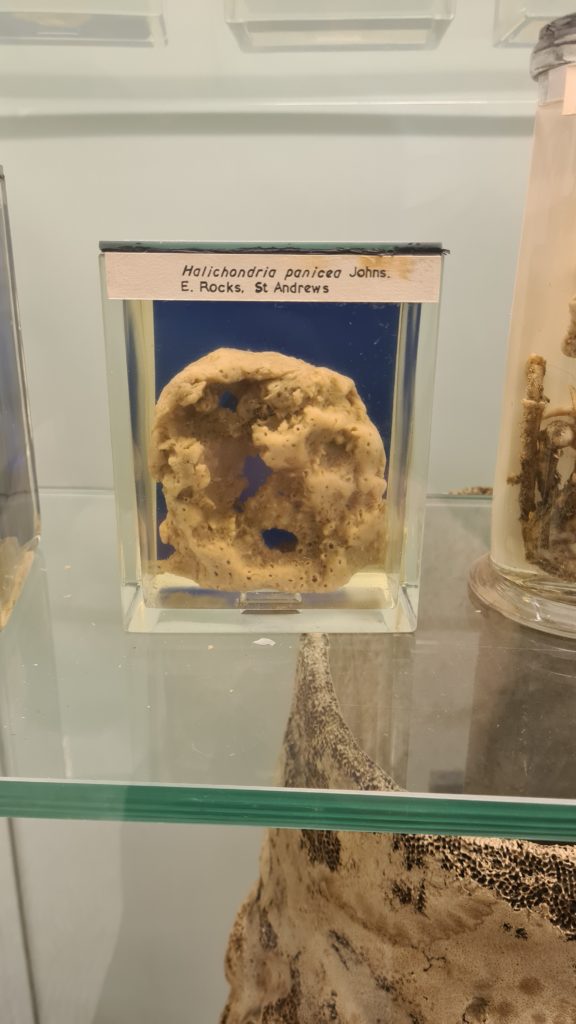
Clue to find: Neptune drinks to the rocks’ success!
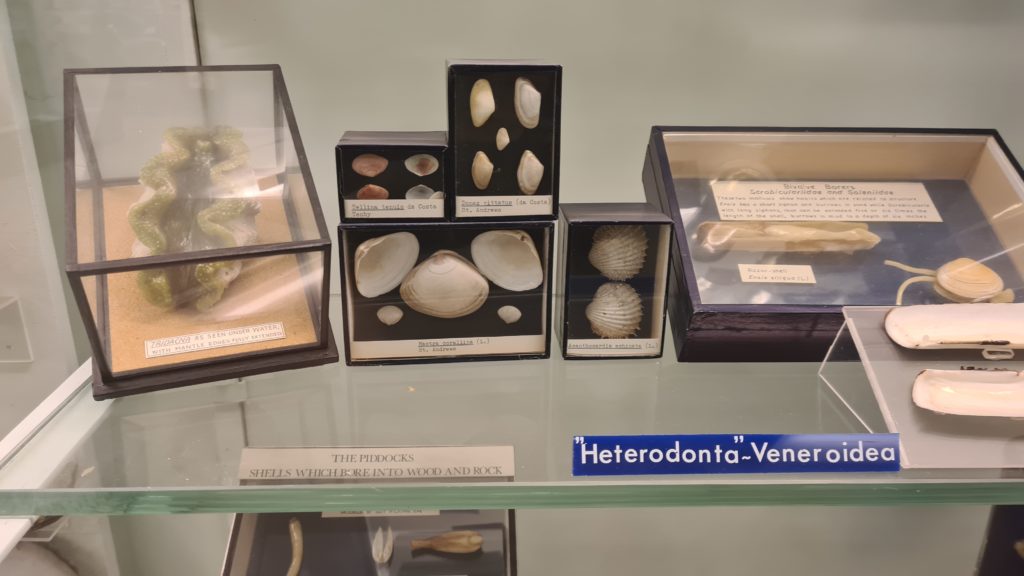
When you think of the beach, one of the things that spring to mind is seashells. These are some examples of Mactra corallina, a type of edible saltwater clam. They live normally on sandy sea floors of depths of 5 – 30m, although they are often found washed up on beaches.
Clue to find: Creatures to the left of me, crustaceans to the right. I’m right in the middle of all!
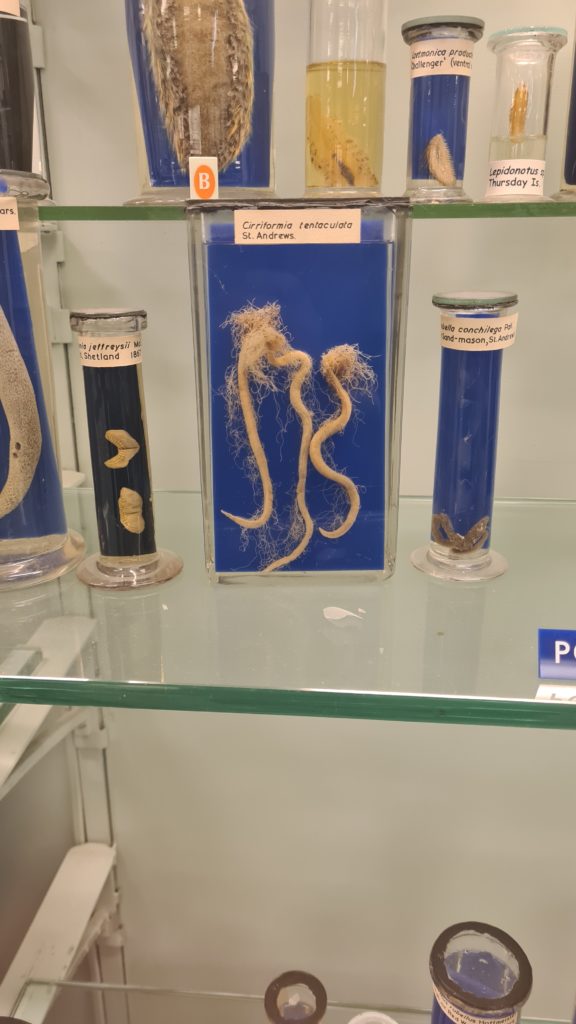
Last on our treasure hunt is this not so scary tentacled creature! Cirriformia tentaculata, is a species of marine polychaete worm and can grow up to 10cm in length. They have soft bodies and lie buried in mud or sand.
Clue to find: Tentacles? What do you mean??
I am just reaching out along all sides to my other sea friends!
Human disturbance of marine wildlife can be catastrophic in its consequences, from causing injury and even death to splitting up family groups or driving animals from their natural feeding or breeding grounds. The best way to enjoy marine wildlife is therefore by watching from the shore or on an official boat trip from an operator participating in the WiSe Scheme. You may even be lucky enough to spot dolphins out in the bay from the window of University buildings on The Scores! Wherever you are, you should always follow the Scottish Marine Wildlife Watching Code from NatureScot (formerly Scottish Natural Heritage) as well as their Guide to Best Practice for Watching Marine Wildlife.
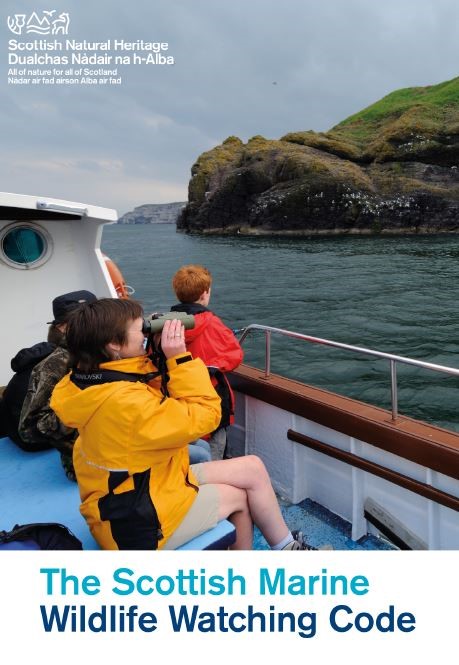
It’s also useful to know what you can do if you need to get aid for a stricken animal while you’re out and about. Marine wildlife can become stranded, meaning the animal is either dead or remains alive but is stuck aground on the shore and unable to return to water. This can happen with individual animals or as part of “mass stranding” events such as in 2012 when 27 pilot whales were stranded on the Fife coast between Anstruther and Pittenweem. In the event you encounter live cetaceans or seals which appear stranded or injured, you should contact the SSPCA or British Divers Marine Life Rescue (BDMLR), both of whom operate 24-hour emergency rescue services. The BDMLR’s online guide “What to do if…” outlines what (if any) action you can take in different scenarios.
What to do if you see a marine animal in distress or dead:
- If you find live stranded or injured cetaceans or seals contact SSPCA 03000 999 999 or British Divers Marine Life Rescue (BDMLR) 01825 765546 (Office hours) and 07787 433412 (Out of office hours)
- Animals with tags should also be reported to the Sea Mammal Research Unit [email protected]
- Cetaceans and basking sharks are protected in law meaning it is illegal to harass or harm them. If you witness a wildlife crime (e.g. someone deliberately disturbing dolphins) you should report this to Police Scotland
- Dead cetaceans, basking sharks, seals and turtles should be reported to the Scottish Marine Animal Stranding Scheme (SMASS) [email protected]